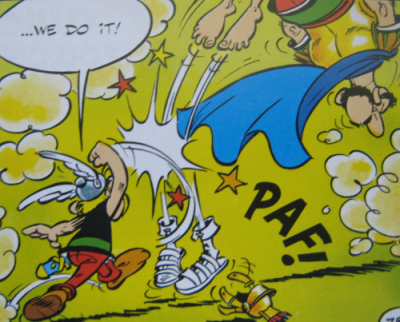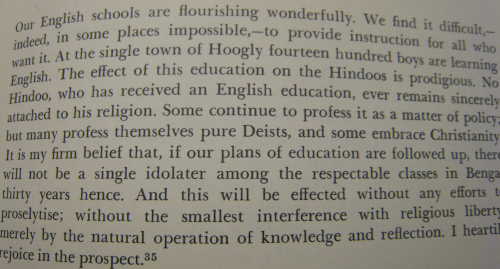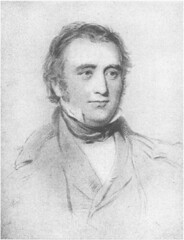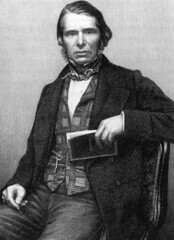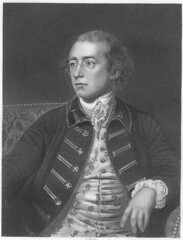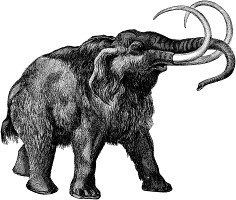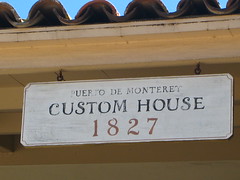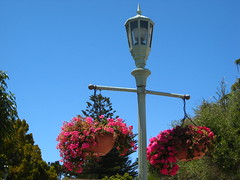Remember what happens when Asterix and Obelix meet the Roman Army? While the soldiers go flying up, their sandals remain on the ground. Recently a foot print made by one of those Roman hobnailed sandals, immortalized by Goscinny and Uderzo, have been found in a wall surrounding the city of Sussita in Northern Israel.
The city of Sussita is located east of lake Kinneret, which is more famous by the biblical name, Sea of Galilee. It was around the Sea of Galilee where Jesus preached, recruited four of his apostles and the Sermon on the Mount was given on a hill overlooking the lake. The city was destroyed in 749 CE by an earthquake.
There is no precise date for the foot print, but it is believed to have been made when Romans ruled the region, such as during the time of Jesus. In fact, this is not the first such foot print as well; that credit goes to the one found in Hadrian’s wall in Britain.
There are two theories for the origins of this foot print.The region around Israel was an outpost of the Roman empire and most of the construction projects were run by the cities themselves and not the Roman imperial system. One theory says that legionaries or former legionnaires would have participated in the construction of the wall. We don’t know if the legionary groaned, “Join the army they said. It is a man’s world they said!”.
The second theory says that the sandal owner could have been someone who left active service and never returned his military equipment. The basis of this theory is an inscription by two residents of the city of Sussita who had left Roman military service.
